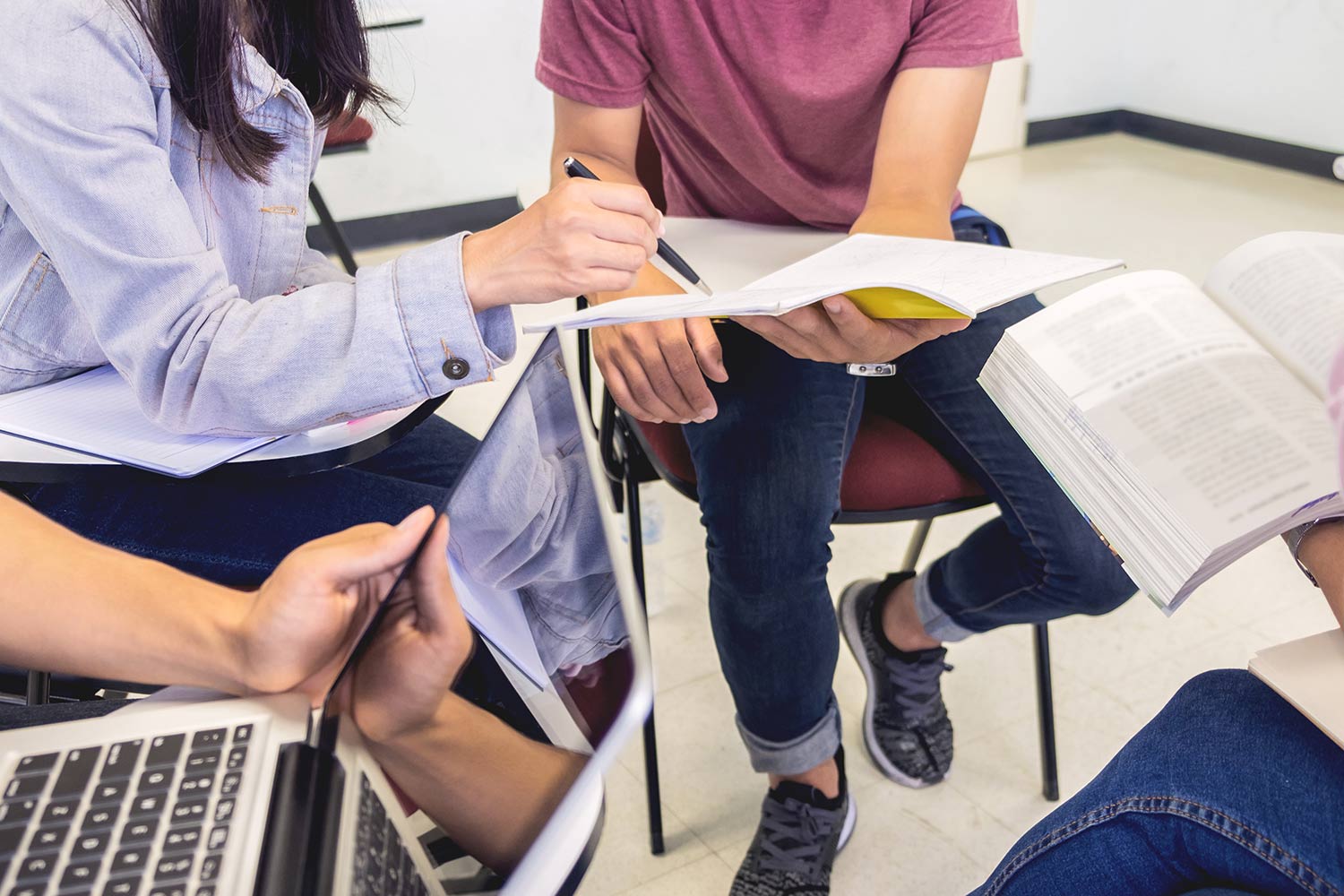Stylometric methods for plagiarism detection: an authorship attribution approach
Summary: Plagiarism detection is a critical component of academic integrity and intellectual property protection. Traditional plagiarism detection systems rely on text-matching algorithms. These tools find identical or highly similar passages between a submitted work and existing sources. However, these methods can fail to detect more subtle forms of plagiarism, such as paraphrasing, ghostwriting, or contract … Read more










